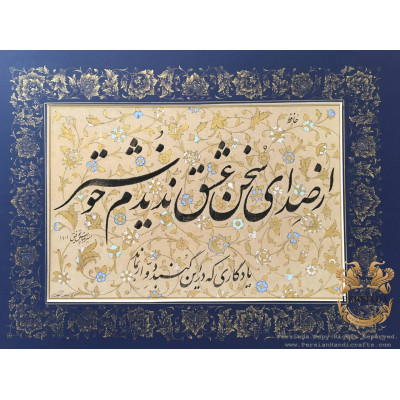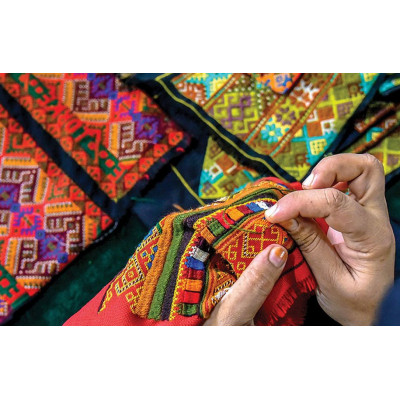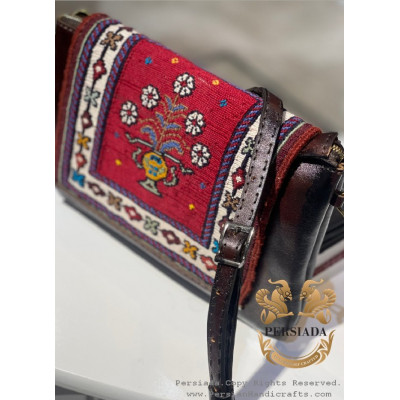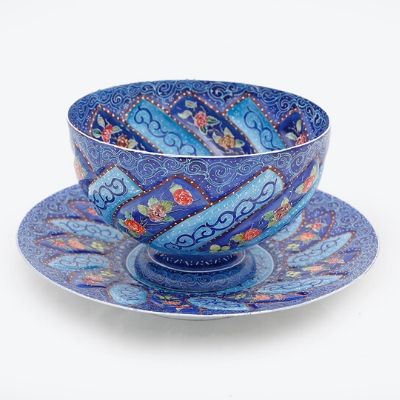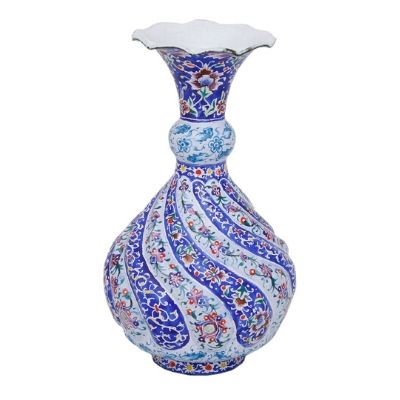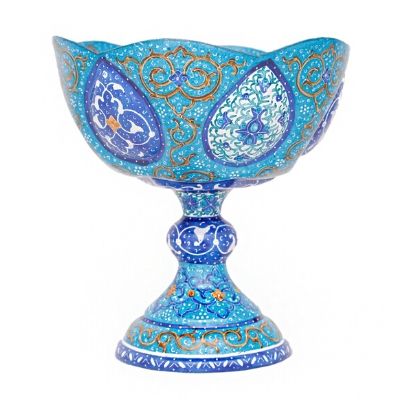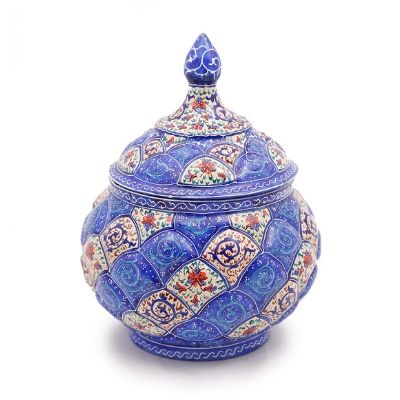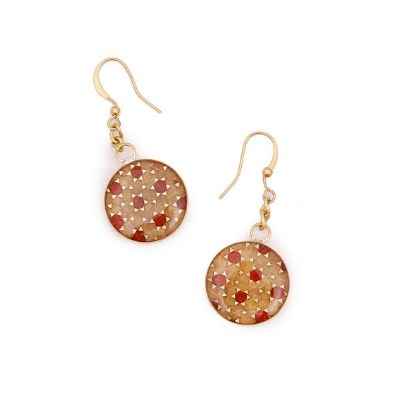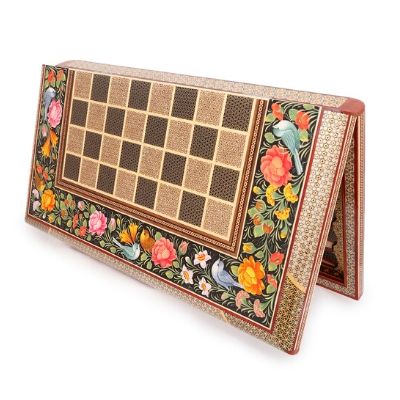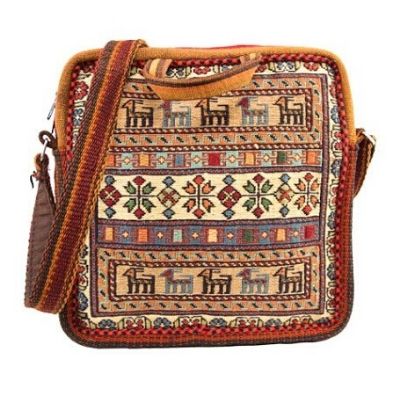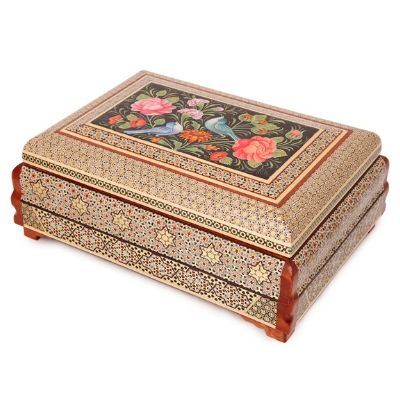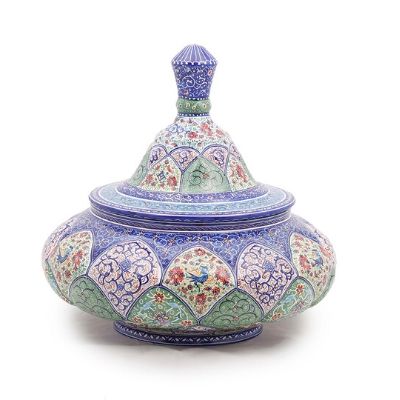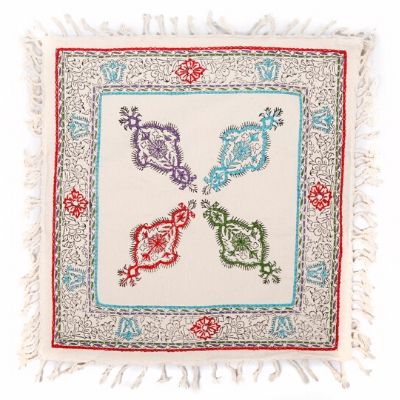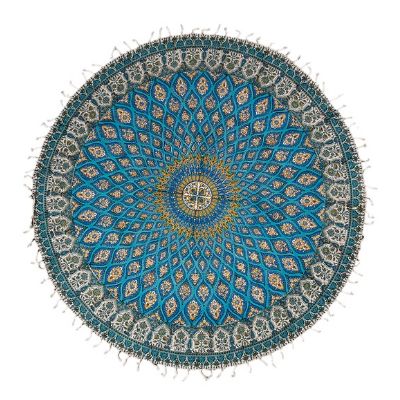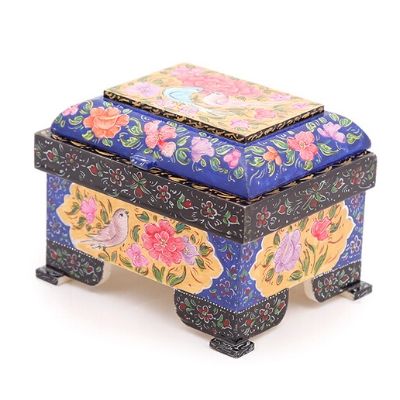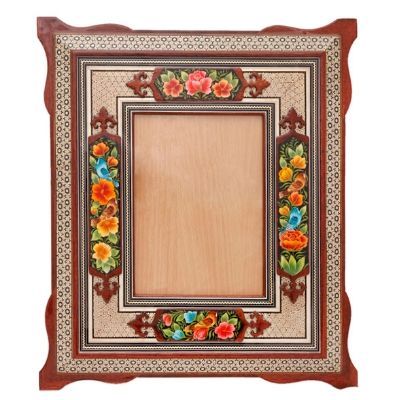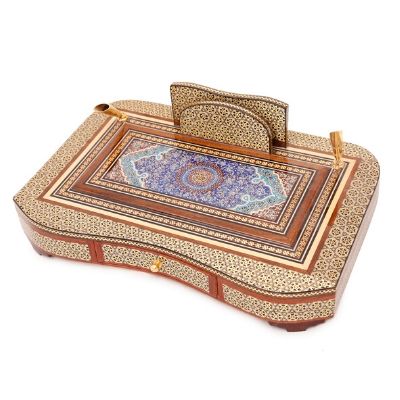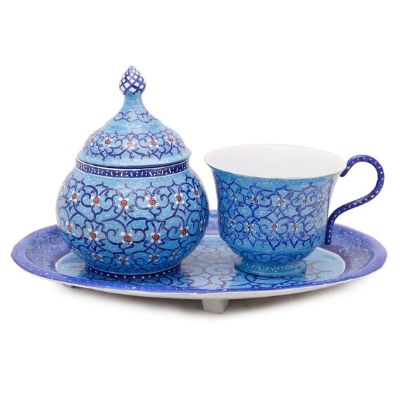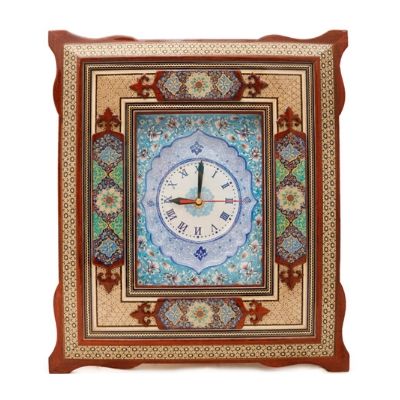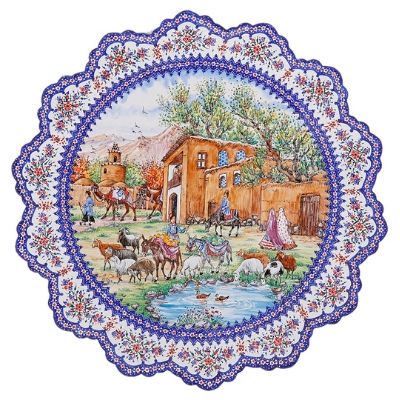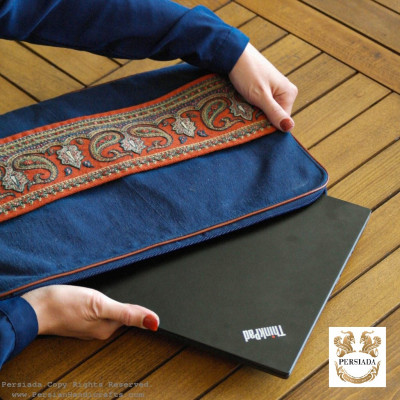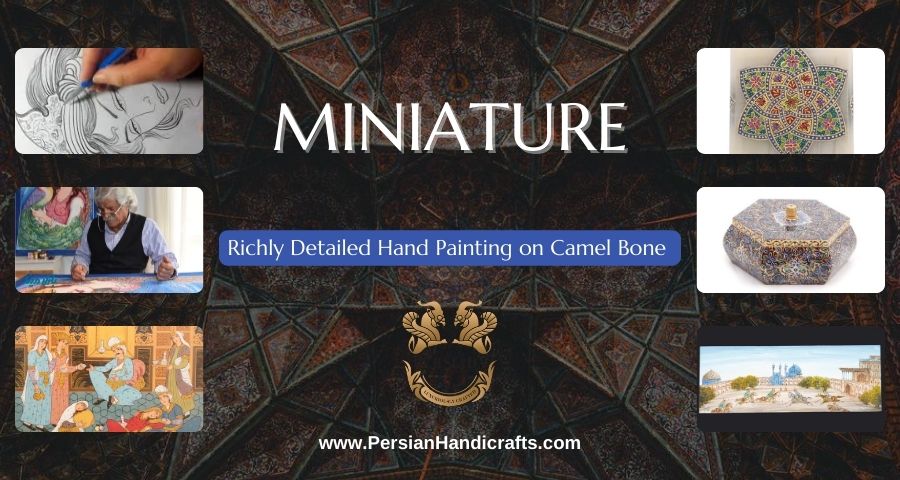
Miniature Painting or Miniator is a small handmade oil painting on paper, whether a book illustration or more importantly on a piece of camel bone. The bright and pure colouring of the Persian miniature is one of its most striking features. The workshop tradition and division of labour within both an individual miniature and a book, as described above, distinguish the attribution of paintings. Because of the nature of the works, literary and historical references to artists, even if they are relied upon, usually do not enable specific paintings to be identified, though there are exceptions.
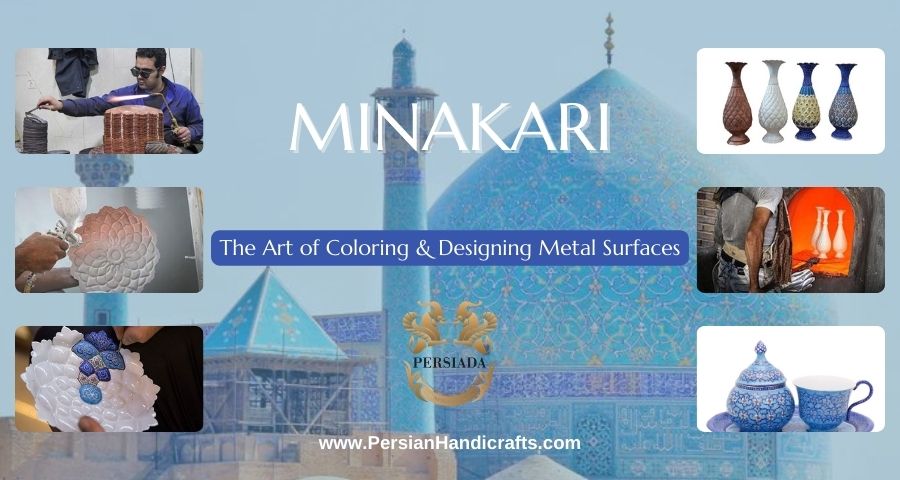
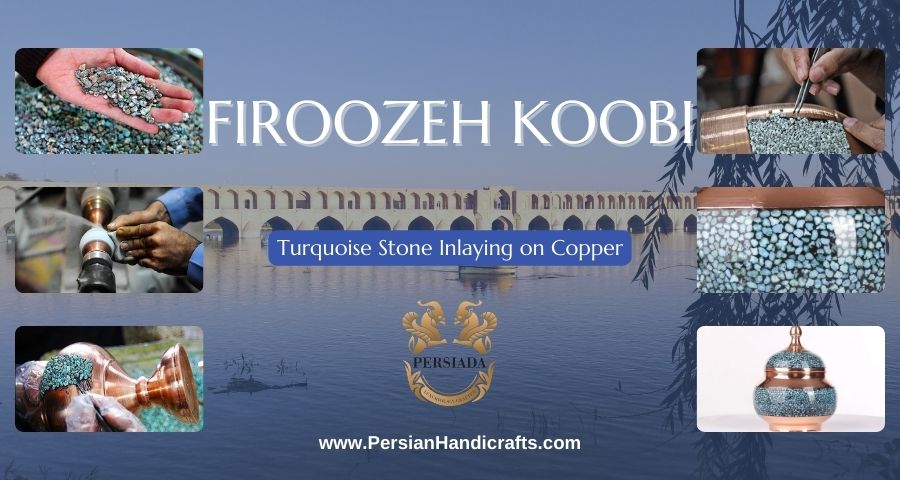
Turquoise Inlaying or Firoozeh Koobi both on jewellery and containers include a copper, brass, silver, nickel or bronze object on parts of the surface of which small pieces of turquoise are set in mosaic fashion thus giving the object a special glamour. The production of Turquoise Inlaying includes two general stages: Goldsmith is making and preparation of the object intended for Turquoise Inlaying using one of the metals indicated above. Turquoise Inlaying correct placement of turquoise chips on the metal so that it is strong enough and the chips do not come off while burnishing the work.
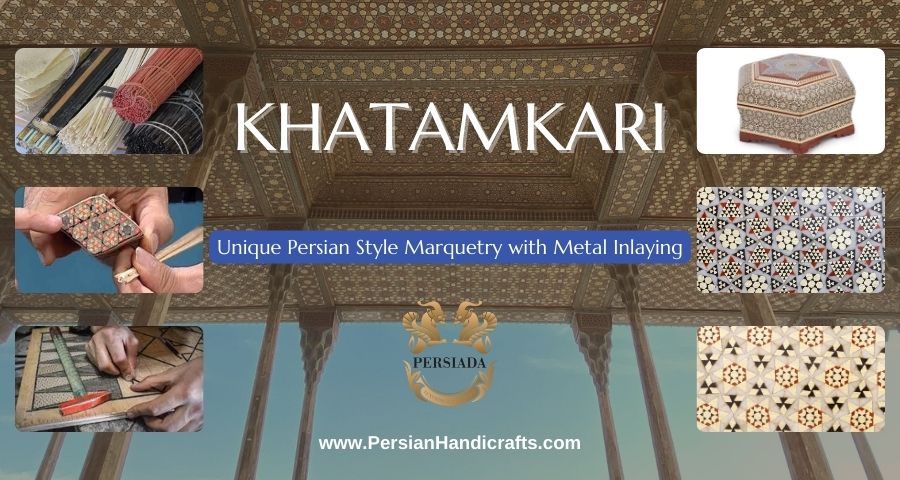
Khatam means "incrustation". This craft consists of the production of incrustation patterns (generally star-shaped, with thin sticks of wood (ebony, teak, Ziziphus, orange, rose), brass (for golden parts), camel bones (white parts). Ivory, gold or silver can also be used for collection objects. Sticks are assembled in triangular beams, assembled and glued in a strict order to create a cylinder, whose cross-section is a six-branch star included in a hexagon. These cylinders are cut shorter, compressed and dried between two wooden plates.
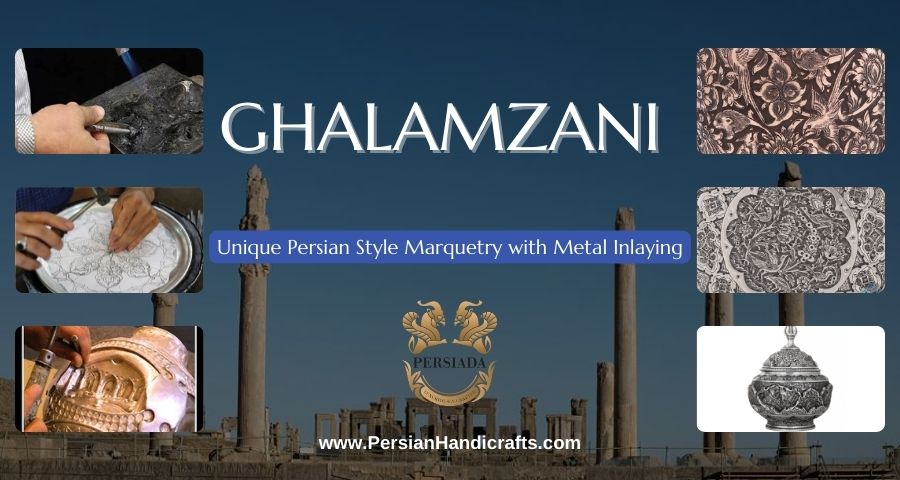
Ghalamzani is the name for Persian hand engraving art of carving superb designs on various metals such as copper, brass, silver and gold. Isfahan is the main centre for engraving. The artistic work of this course made by the artists is the glorious and undeniable indication of the Previous metal work of Iran and Isfahan. The historical discoveries belonging to the ancient times as the Sassanid (700AD), the Seljuk - (100 AD) and the Safavid (1600 AD) dynasties indicate a few of the outstanding metal works periods.

Handprinted Persian Textile (Ghalamkar) is a unique type of patterned Iranian Fabric. The fabric is printed using patterned wooden stamps. The stamps are mostly made of pear wood which has better flexibility and density for carving and long-standing utility. In this workshop, there are hundreds of different patterns consisting of arabesque designs, flora and fauna designs, geometric designs, pre-Islamic designs, hunting scenes, polo games, Persian poems, Armenian and Hebrew inscriptions.

Termeh Quilted Textile is originally known as a sort of hand weaved colourful textile with special patterns mainly Persian Paisley, which originated in Yazd. Traditionally, the cloth was hand-woven using natural silk and wool fibre. Weaving Termeh is a sensitive, careful and time-consuming work such that a good weaver could produce only 25-30 centimetres in a day. Although nowadays they are not 100% handmade, a good quality Termeh can be woven a maximum of 100cm due to limited sewing machines for weaving Termeh.
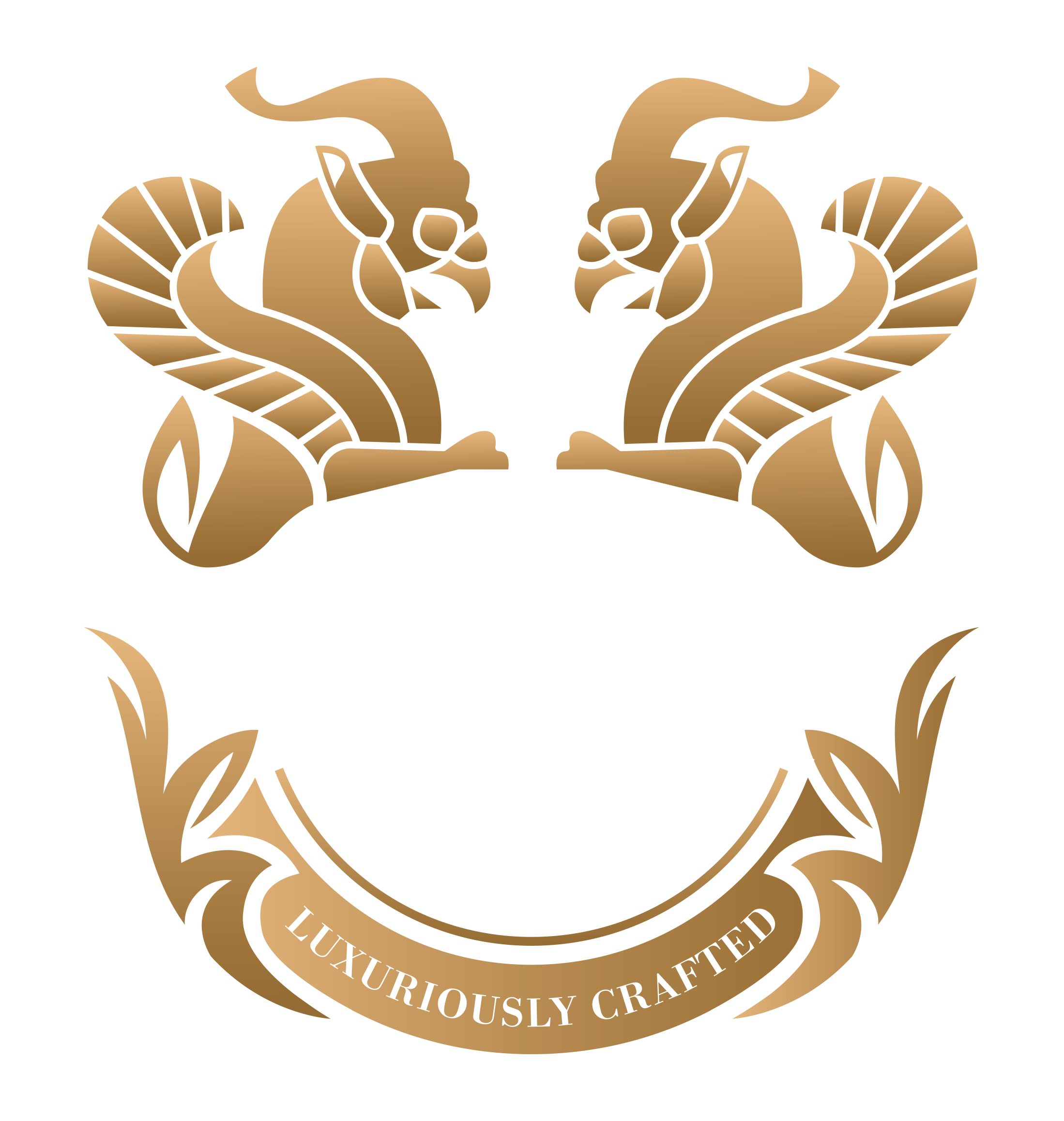

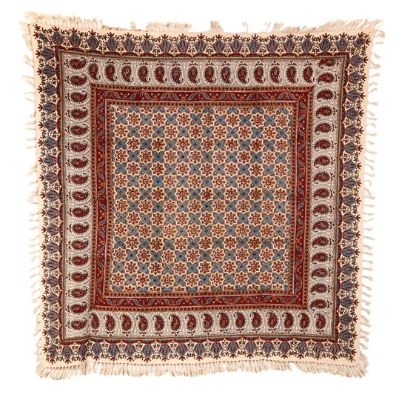
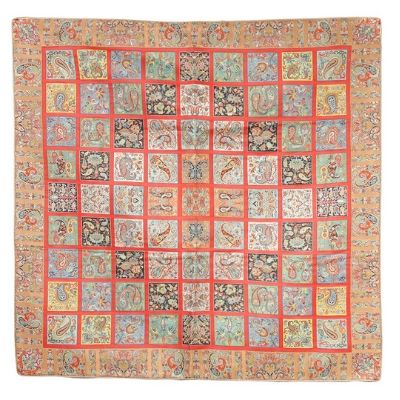
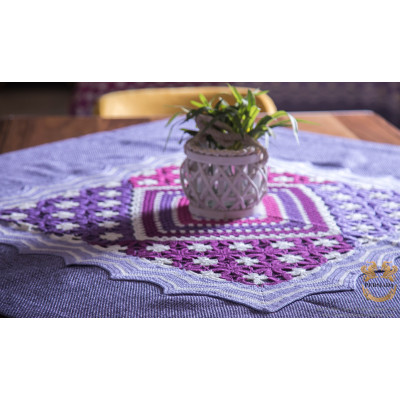
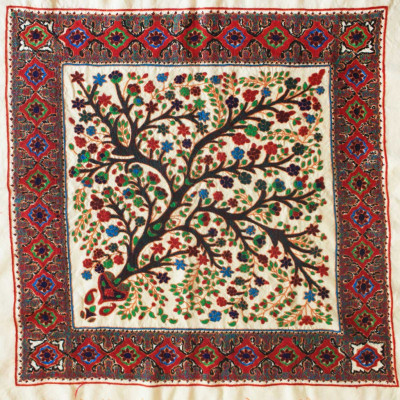
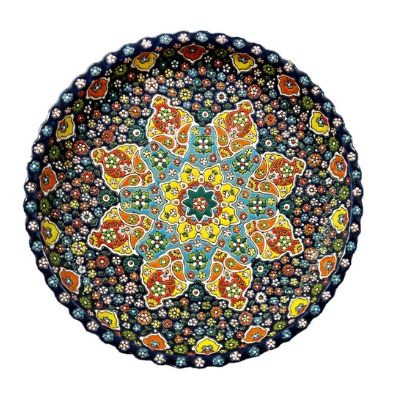
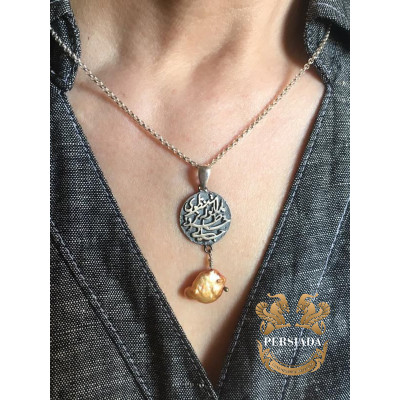
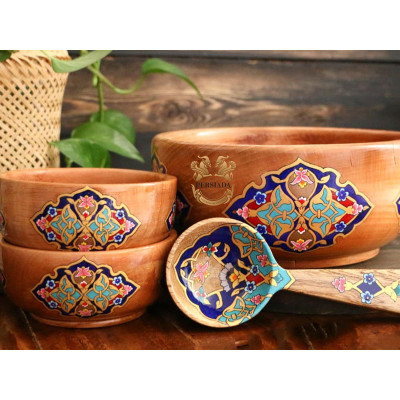
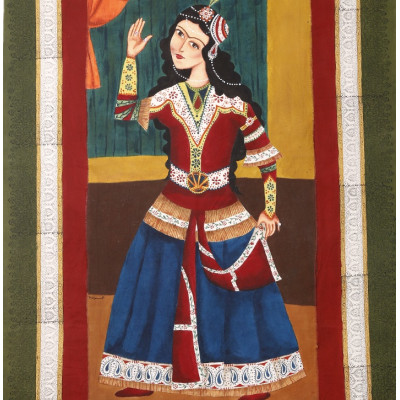
-400x400.png)
